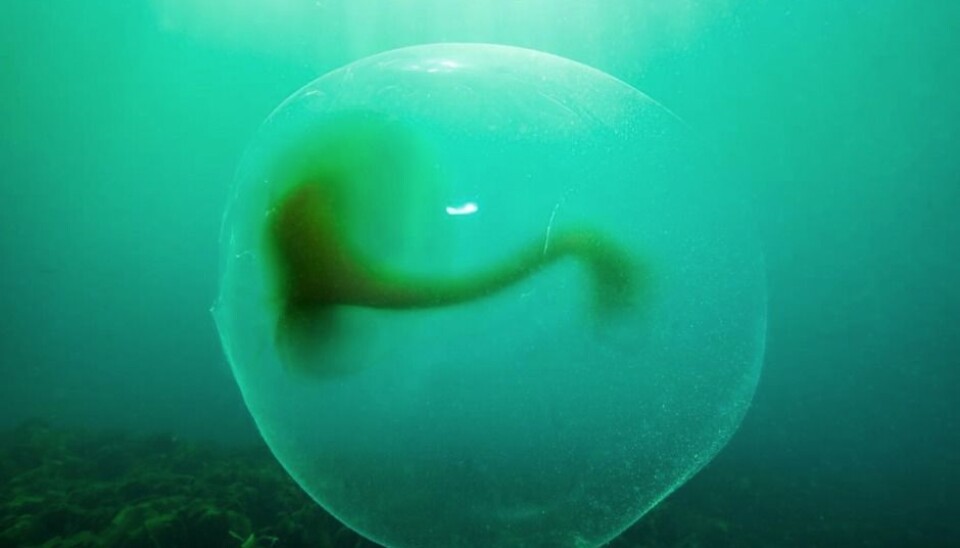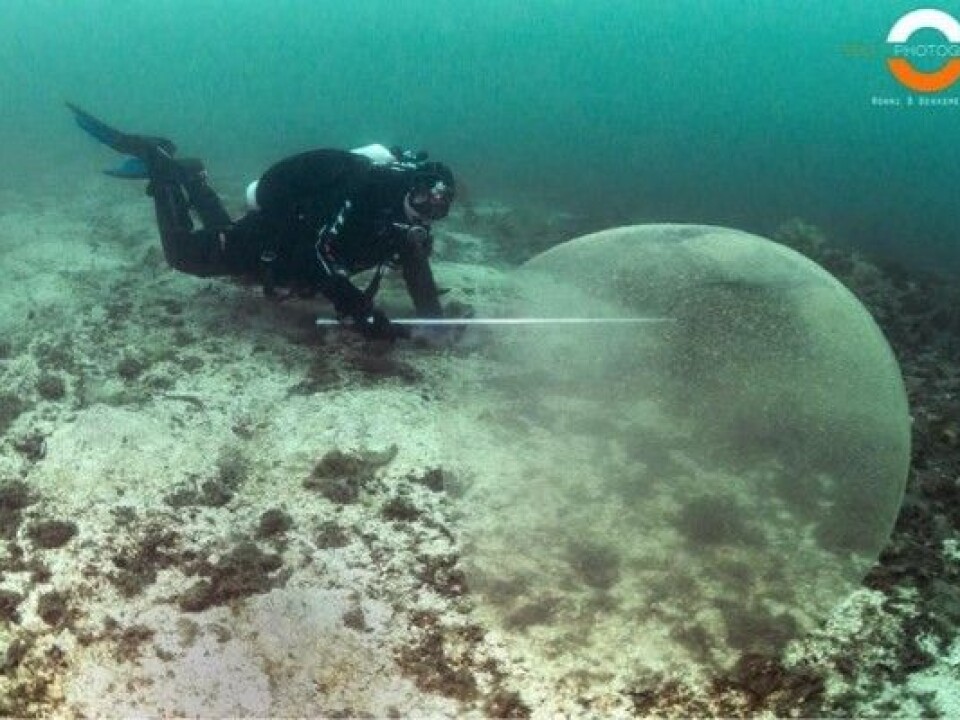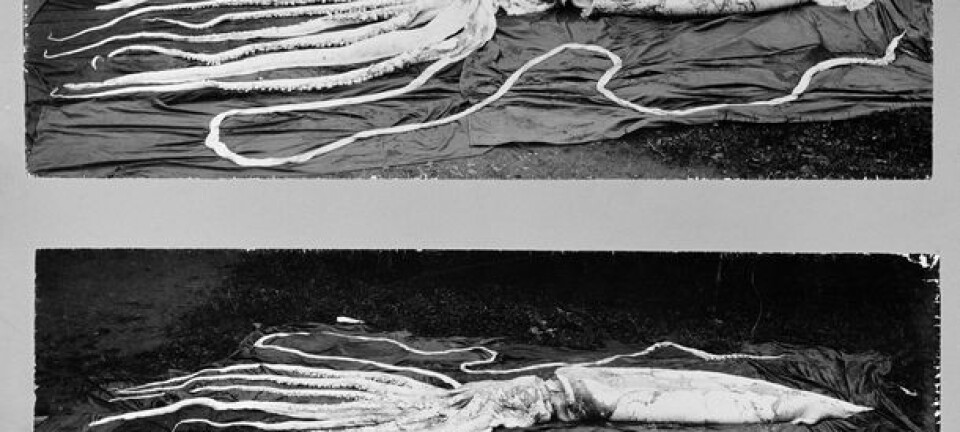
What are these gigantic balls of jelly in the sea?
Observations have been made of large gelatinous spheres in the ocean off the west coast of Norway. Many have seen them this year. Scientists want to know what these are.
“Divers have seen more of them this summer than ever.”
“We are a group of marine researchers who really want to find out what these are,” says Professor Gro I. van der Meeren.
She and her colleagues in Bergen and Trondheim have no research funds for finding and studying them, so they are asking for help from divers, diving clubs and others.
Seven in July and August
Divers have seen the huge balls of jelly in several sites. They are nearly transparent and about a metre in diameter.

Fortunately, a few divers have had cameras and managed to photograph the mystery objects.
Scientists initially assumed these were extremely rare, but just how rare is still an unanswered question.
In the course of the summer discussions about them have flourished in web fora. It seems that many people have seen them. Researchers have counted 15 observations of the jelly balls in the past 15 years.
In July and August this year, seven of these observations were made off Norway’s coast.
Two similar observations were made off the coast of Sweden and one off Alaska.
A huge blob is said to have been seen off Turkey.
What is it?
“We have received reports from divers and the media. Both VGTV and the newspaper Sunnmørsposten have reported them,” says van der Meeren.
Are they squid eggs, or something else altogether?
Are these balls of jelly rare or rather common?
Here are spots along the coasts of Sweden and Norway where the giant balls of jelly have been observed. Others were seen off Alaska and Turkey.
Gro I. van der Meeren and her research colleagues just don’t know.
Giant squid?
“We have colleagues on the other side of the Atlantic who are also curious.”
“If we could only get a little tissue sample from one of the objects we have free help lined up to make a genetic analysis.”
One guess is that a giant squid of the genus Architeuthis can be behind the mystery. But that is disputed.
van der Meeren says giant squids do not live close to shores. Their territory is at depths of thousands of metres out in the oceans. This makes it less likely that these are eggs from giant squids.
Researchers in the USA point out that squids are known to make smaller jelly eggs than these.
“If someone can just help us out with a tissue sample we can figure this out,” promises van der Meeren.
If any reader manages to get a little piece of one, they should put it in a plastic bag and freeze it. Then contact the scientists and they will take care of the rest.
Is it an egg?
As the most of these jelly capsules have been seen off the west coast of Norway in the summer half of the year this could be a clue to their habitat.
But the number of Norwegian observations might be explained by the popularity of these waters amongst divers in the summer time.
The researchers want an answer to that too.
Although the best bet is that these are egg sacs from some species of cephalopod that are released to float around in the sea, scientists are uncertain.
The researchers are not only interested in new observations. They would like to hear from anyone who has seen the spheres in the past years.
They want to know where and when anyone has observed the jelly balls and at what depths. If you can supplement that with information about the temperature and currents that would be very helpful too. Was it floating or was is down on the seabed?
They would also like to know if you have seen anything resembling eggs or embryos inside the jelly balls.
Contact:
If any readers of ScienceNordic have seen such large spheres in the sea or know anyone who has, please contact Halldis Ringvold – post@buzzingkid.no – or Gro I. van der Meeren – grom@imr.no
-------------------------------------
Read the Norwegian version of this article at forskning.no
Translated by: Glenn Ostling
































